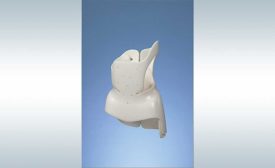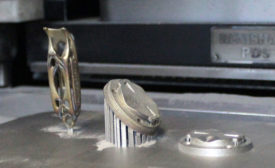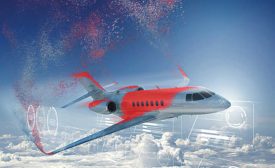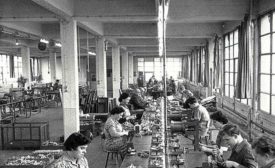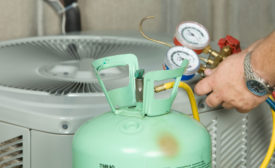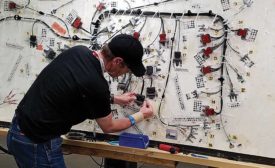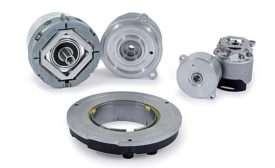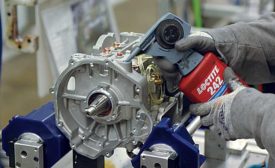Industries
Innovations in Metal 3D Printing
To bring 3D printing mainstream there are several related factors that need to be improved upon to make it an equal partner with traditional production.
February 1, 2018
The Growing Role of Plastics in Aerospace Assembly
Demand for lightweight applications is creating a new role for thermoplastics.
February 1, 2018
Quality Is Top Priority When Assembling Wire Harnesses for Medical Devices
Successful contract manufacturers focus first on quality when making wire harnesses and cable assemblies for medical devices.
January 15, 2018
Encoders for Industrial Robots
Secondary encoders improve robot accuracy in large assembly applications.
January 11, 2018
Tear It Down to Make It Better
Teardowns can reveal product improvements related to adhesives, sealants and coatings.
January 10, 2018
Never miss the latest news and trends driving the manufacturing industry
Stay in the know on the latest assembly trends.
JOIN TODAY!Copyright ©2024. All Rights Reserved BNP Media.
Design, CMS, Hosting & Web Development :: ePublishing
